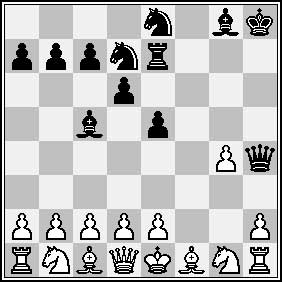Tomorrow
I’ll give my last class of the semester (year?) so it is about time to
think about things to do (such as preparing the courses for the
“master program on noncommutative geometry”) and changes to make to
this weblog (now that it passed the 25000 mark it is time for something
different). In the sidebar I’ve added a little poll to let you guess
what changes 2005 will bring to this blog (if I find the time over
Christmas to implement it). In short, @matrix will
become the portal of a little company I’ll start up (seems
_the_ thing to do now). Here are some possible names/goals. Which
one will it be? Vote and find out after Christmas.
WebMathNess is a Web-service company helping lazy
mathematicians to set up their website and make it LaTeXRender savvy
(free restyling every 6 months).
iHomeEntertaining is a
Tech-company helping Mac-families to get most out of their valuable
computers focussing on Audio-Photo-Video streaming along their Airport-network.
SnortGipfGames is a Game-company focussing on the
mathematical side of the Gipf project
games by distributing Snort-versions of them.
NeverendingBooks is a Publishing-company specializing
in neverending mathematical course- and book-projects offering their
hopeless authors print on demand and eprint services.
QuiverMerch is a Merchandising-company specializing in
quivers. For example, T-shirts with the tame quiver classification,
Calogero-Moser coffee mugs, Lego-boxes to construct local quivers
etc.

